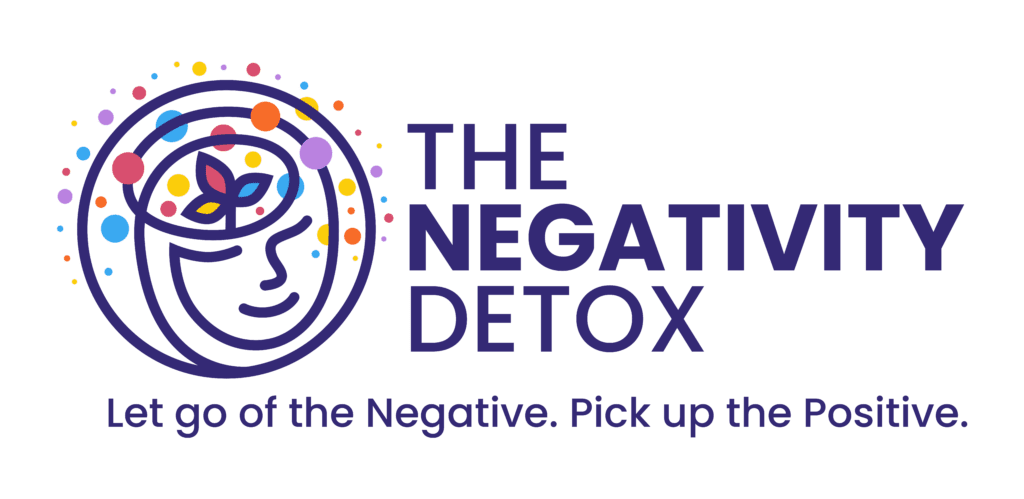Incorporating a yoga ball into a fitness routine offers a myriad of benefits, particularly when it comes to building strength. Yoga ball workouts for strength training have gained popularity due to their effectiveness in targeting various muscle groups. By incorporating yoga ball exercises into a fitness routine, individuals can improve their strength, balance, and stability.
Whether you are a fitness enthusiast looking to diversify your workout routine or a beginner seeking to build strength gradually, the yoga ball can be an invaluable tool in achieving your fitness goals. So, let’s dig into the world of yoga ball workouts for strength training and unlock their incredible potential for transforming your body and overall well-being.
Importance of Yoga Ball Exercises
The importance of yoga ball exercises extends far beyond typical strength training routines. These exercises offer a holistic approach to fitness, focusing on core strength, balance training, and flexibility enhancement. The yoga ball’s instability challenges the body to engage multiple muscle groups simultaneously, improving balance and coordination. The dynamic movements involved in yoga ball exercises promote flexibility, helping to alleviate muscle tension and enhance the range of motion.
1. Ball Push-Ups
Ball push-ups are a fantastic exercise that targets upper body strength while simultaneously engaging core muscles and providing stability training. To perform ball push-ups, assume a traditional position with your hands on the floor and your shins resting on the yoga ball.
As you lower your body towards the floor, the ball will roll forward, requiring your core muscles to work harder to maintain balance. Pushing back up, you’ll feel the engagement of your chest, shoulders, and triceps as you return to the starting position. Incorporating ball push-ups into your workout routine can be a rewarding and effective way to take your upper body strength and stability training to new heights.
2. Plank on the Ball
Plank on the ball is a dynamic core exercise that offers a refreshing variation to the traditional plank. Place your forearms on the floor and start the plank by resting your shins on the yoga ball. As you engage your core muscles, the ball will create an unstable surface, challenging your stability and requiring your abdominal muscles to work harder to maintain balance. It’s essential to understand how much protein needed per day to support muscle recovery and strength development, especially when engaging in core-intensive exercises like stability ball workouts
This plank variation not only strengthens the core but also targets other muscles throughout the body, including the shoulders, back, and legs. The stability challenge the yoga ball provides intensifies the workout and helps improve posture and body awareness. Consistent plank practice on the ball can enhance your core strength, stability, and overall balance.
3. Ball squats
Ball squats are an effective lower-body workout that adds an element of challenge and balance to the traditional squat. To perform ball squats, stand with your feet shoulder-width apart and place the yoga ball between your lower back and a wall. As you bend your knees and lower your body into a squat position, the ball will roll along the wall, creating instability and engaging your leg muscles more intensely.
The ball squat variations target the quadriceps, hamstrings, and glutes, improving balance and enhancing mobility in the hips and knees. By incorporating ball squats into your lower body strength training routine, you can reap the benefits of a full-body workout and balance exercises. This exercise is particularly beneficial to improving functional strength and overall lower body stability, leading to better performance in various activities and reducing the risk of injuries.
4. Stability Ball V-Pass
The stability ball V-pass is an excellent core workout that combines abdominal strength and coordination. To perform this exercise, lie on your back with the stability ball between your hands and feet. As you lift your arms and legs, pass the ball from your hands to your feet, forming a V-shape with your body.
Lower your limbs back down while still holding the ball, and then repeat the motion by passing the ball back to your hands. This coordination exercise engages the core muscles to maintain stability throughout the movement. As you progress with this exercise, you’ll notice improved core stability and greater control over your body’s movements, making it a valuable addition to any workout regimen.
5. Ball Hamstring Curl
The ball hamstring curl is a highly effective exercise that targets lower body strength while presenting a balance challenge. To perform this exercise, lie on your back with your feet resting on the yoga ball. Support your body with your arms at your sides. Slowly lift your hips off the ground as you bend your knees, rolling the ball towards your glutes.
As you extend your legs back out, the ball will roll away from your body, engaging your hamstrings and glutes throughout the movement. This ball hamstring curl strengthens the hamstrings and improves stability and balance, making it an excellent addition to any lower-body strength routine. Embrace this exercise to challenge and strengthen your hamstrings while mastering the art of balance and stability.
6. Yoga Ball Pike
The ball pike is a highly effective stability exercise that targets core strength and provides an intense upper-body workout. To perform the ball pike, start in a plank position with your hands on the floor and your shins resting on top of the yoga ball. As you roll the ball toward your hands, remember to engage your core muscles when lifting your hips toward the ceiling. This movement forms a pike position, resembling an inverted V-shape.
Adding this exercise into your fitness routine can effectively engage your abdominal muscles, enhance shoulder stability, and develop overall core strength. The ball pike is an excellent addition to any workout regimen, offering a challenging and dynamic exercise that contributes to a strong, stable, and toned upper body.
7. Yoga Ball Wall Squat
The ball wall squat is a potent squat variation that is a compelling strength exercise for the quadriceps. To execute a ball wall squat, stand with your back against a wall, positioning the yoga ball between your lower back and the wall. With feet shoulder-width apart, gradually descend into a squat position. That will ensure proper alignment of your knees and ankles. This exercise targets and fortifies the quads and enhances stability while engaging the core muscles.
Following this quad workout leads to the development of robust quadriceps, overall lower body strength, and enhanced stability. Make the ball wall squat an indispensable part of your leg day routine to attain greater strength, stability, and equilibrium for a comprehensive lower body fitness program.
8. Ball Jackknife
The ball jackknife is a dynamic core workout that doubles as an effective balance exercise and strength training. To perform the ball jackknife, begin in a plank position with your hands on the floor and your shins resting on the yoga ball. Engage your core muscles as you pull your knees towards your chest, rolling the ball towards your hands. This movement resembles a jackknife, with your body forming a V-shape.
As you extend your legs back out, the ball will roll away from your body, leaving you with a challenge to balance and coordination. This exercise is an excellent way to challenge your stability and enhance overall body strength. Incorporating the ball jackknife into your workout routine can effectively engage your core muscles, improve balance, and develop coordination while building a stronger and more stable body.
9. Ball Bridge
The ball bridge is a highly effective glute exercise that targets hip strength and is a stable workout. To perform the ball bridge, lie on your back with your feet resting on the yoga ball. Lift your hips off the ground by using your arms at your sides for support. Your body should form a straight line from your shoulders to your knees.
While holding this position, squeeze your glutes and engage your core for a few seconds before lowering your hips. The ball bridge strengthens the glute muscles, improves hip mobility, and builds lower back strength. Incorporating the ball bridge into your fitness routine can effectively target and strengthen your glutes, enhance hip stability, and develop lower back strength for improved overall stability and functional movement.
10. Ball Dead Bug
The ball dead bug is an excellent abdominal workout that focuses on core stability and acts as a coordination exercise. To perform the ball dead bug, lie on your back with your arms towards the ceiling and your legs lifted. That will form a tabletop position. Hold the yoga ball between your hands and knees.
As you extend your right arm and left leg away from your body, the ball will move with them. Then, place your arm and leg back to the starting position. Repeat the movement on the opposite side. Throughout the exercise, engage your abdominals to maintain stability and control.
This exercise challenges the body to maintain balance and control while moving both the arms and legs, improving coordination. Incorporating the ball dead bug into your fitness routine can effectively engage your abdominals and enhance core stability. You may also develop better coordination for a more well-rounded and effective workout.
Final Thoughts on Strength Exercises Using a Yoga Ball
In conclusion, we have explored building strength with yoga ball exercises. Each exercise targets different muscle groups while providing the added challenge of balance and core stability. Incorporating a yoga ball into your fitness routine offers many benefits. These rewards include improved strength, enhanced balance, and a more stable core.
These exercises offer diverse movements for a well-rounded workout, from the yoga ball push-ups that strengthen the upper body to the ball wall squats that work the quadriceps. So, why wait? Take on the challenge and try these exercises to witness firsthand how incorporating a yoga ball can elevate your fitness journey and assist you in achieving your strength-building goals. With dedication and consistency, you’ll soon discover the incredible benefits of how to build strength with yoga ball exercises.




















